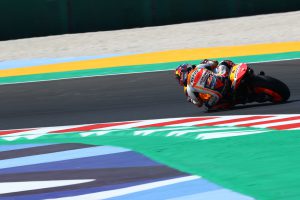Alpine racing director Davide Brivio says the biggest difference between Formula 1 and MotoGP is the radio communication, and the lack of “control” in bike racing makes that more stressful.
Former Yamaha and Suzuki MotoGP team boss Brivio was a surprise hire for the Renault F1 team’s Alpine brand, and was put in charge of overseeing the team’s trackside activities.
Brivio has now had pre-season testing and two race weekends to get up to speed in his new role, which Alpine says is effectively splitting the team principal duties with executive Marcin Budkowski.
“Maybe it’s a funny thing but the biggest difference is just the radio,” Brivio said at Imola.
“You are in contact with the driver constantly, the race engineer telling him to do this, to do that, wait a little bit… This is the biggest difference.
“I experienced the first race in Bahrain, it went like this [clicks fingers]. At the beginning I would say, ‘Wow, one hour, one hour 45, whatever it is, it will be long’, but it went quickly because you are so busy, listening, checking, and analysing.
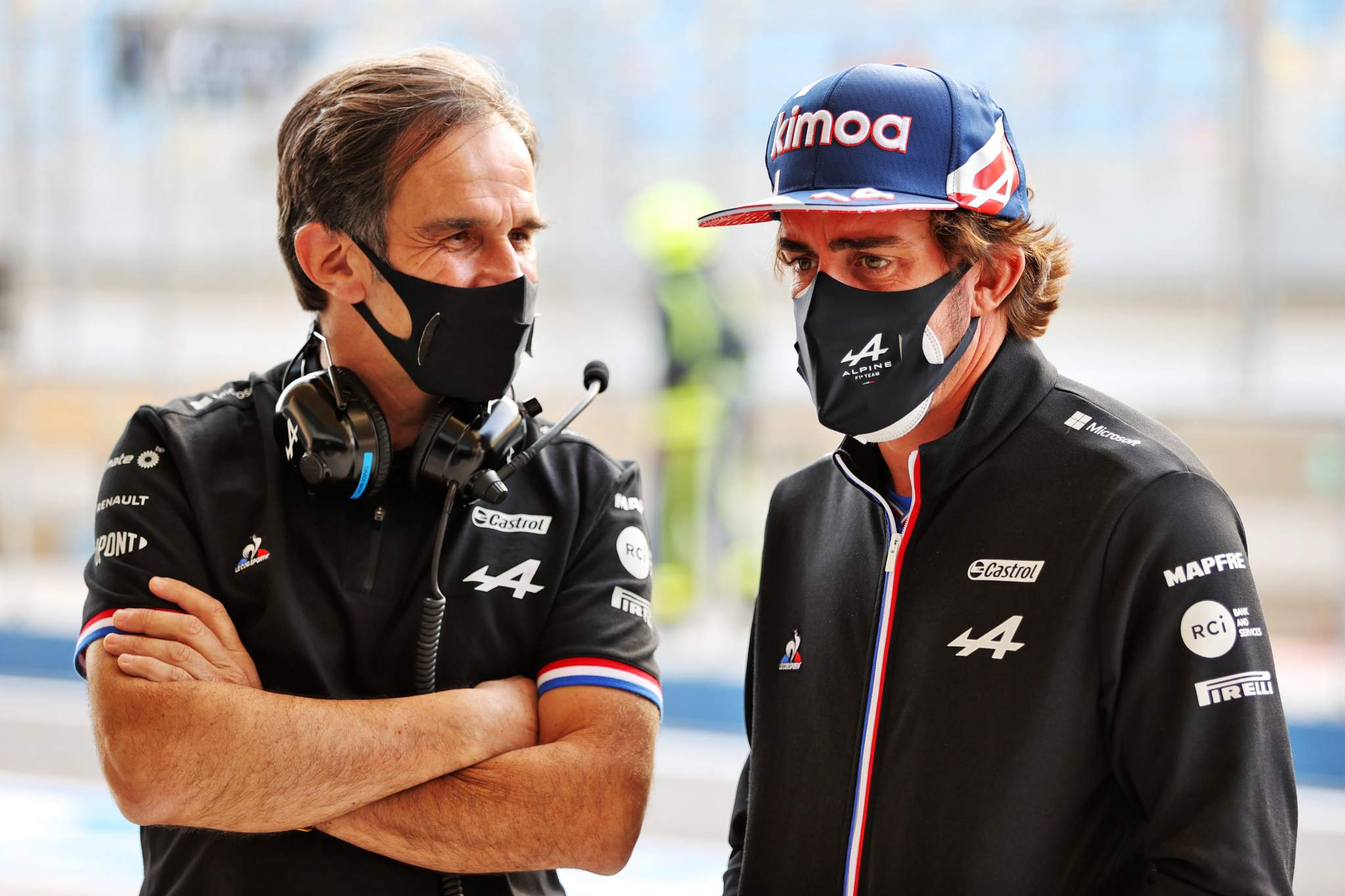
“It’s very interesting, a great experience.”
Radio communication is not used in MotoGP although it was trialled last year with the potential for race control to issue messages to riders.
“In the future if the teams and the riders agree, it could be opened up to communication from the teams and even from the riders back to the teams,” MotoGP managing director Carlos Ezpeleta said at the time.
Team-to-rider communication is restricted to pitboards and pre-approved, limited dashboard messages that share information such as engine mapping commands, an instruction to pit and notification of which rider is following behind on-track.
In F1, radio communication is constant and critical – and the difficulty of managing without it was highlighted at Imola when there was a significant data drop-out just before the start of the first practice session.
F1’s dependence on radio compared to MotoGP’s aversion can broadly be summarised as a combination of safety and necessity.
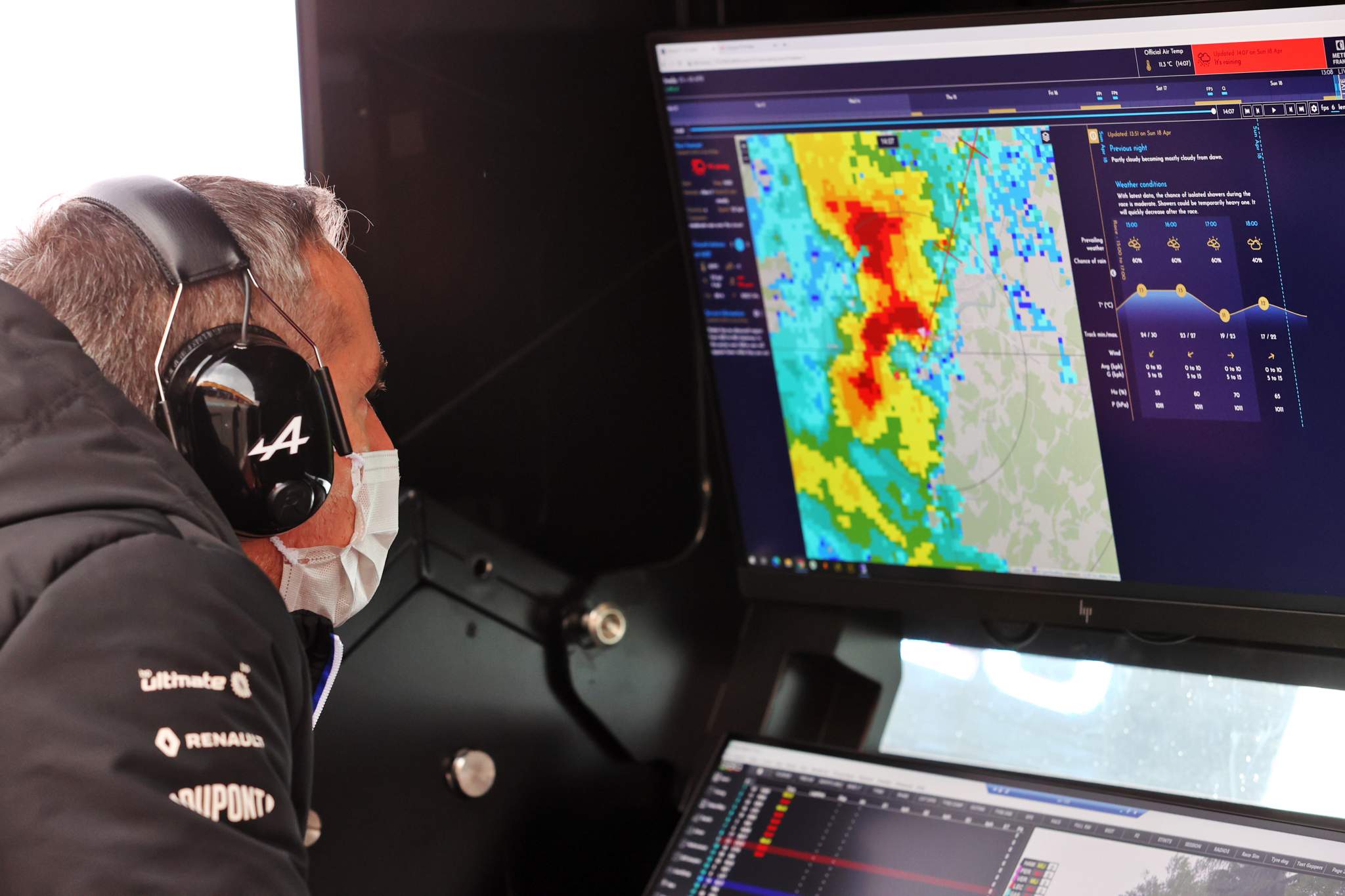
It is easy for drivers to safely activate the radio without taking their hands off the wheel, while teams also have live GPS data so know the safest moments to speak to their drivers without risking a distraction.
In MotoGP, there is an increasing amount of activity around the handlebars already – engine mapping, ride-height adjustments, thumb-operated rear brake – plus other hand-controlled functions, and the consequences of a loss of concentration or control are far greater.
So even in terms of basic practicality, adding a radio button to a MotoGP bike would be impractical and unsafe, and last year the grid was split over whether it was worth pursuing.
The increased amount of live telemetry available to F1 teams compared to MotoGP, and the added complexity of the machinery, also makes that live and detailed communication essential.
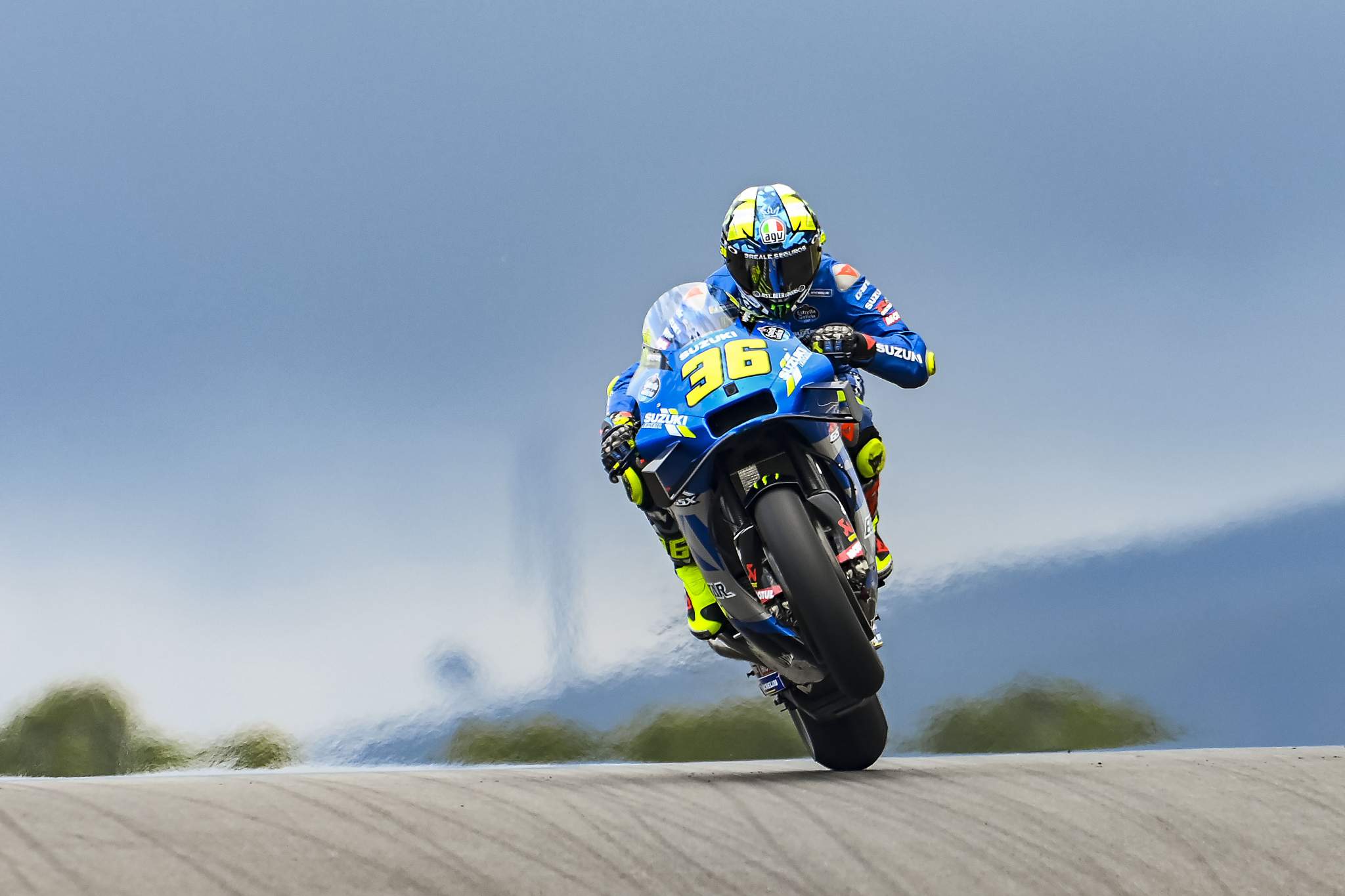
Brivio said the MotoGP experience was more stressful because of how detached team personnel are.
Joking about the heart-rate monitor he wore in MotoGP when Suzuki’s Joan Mir had the title on the line in 2020, Brivio added: “I think the heart rate is much higher in MotoGP, because you don’t have control somehow.
“Once the race starts, the rider is by himself. You just sit down and you watch television, that’s all you can do.
“Here [in F1], you’re constantly in contact, you’re almost in the car. You’re much more a part of what’s going on on the track. You enjoy it but not as a spectator.
“So, the radio was the biggest difference. But, it’s interesting, very exciting.”
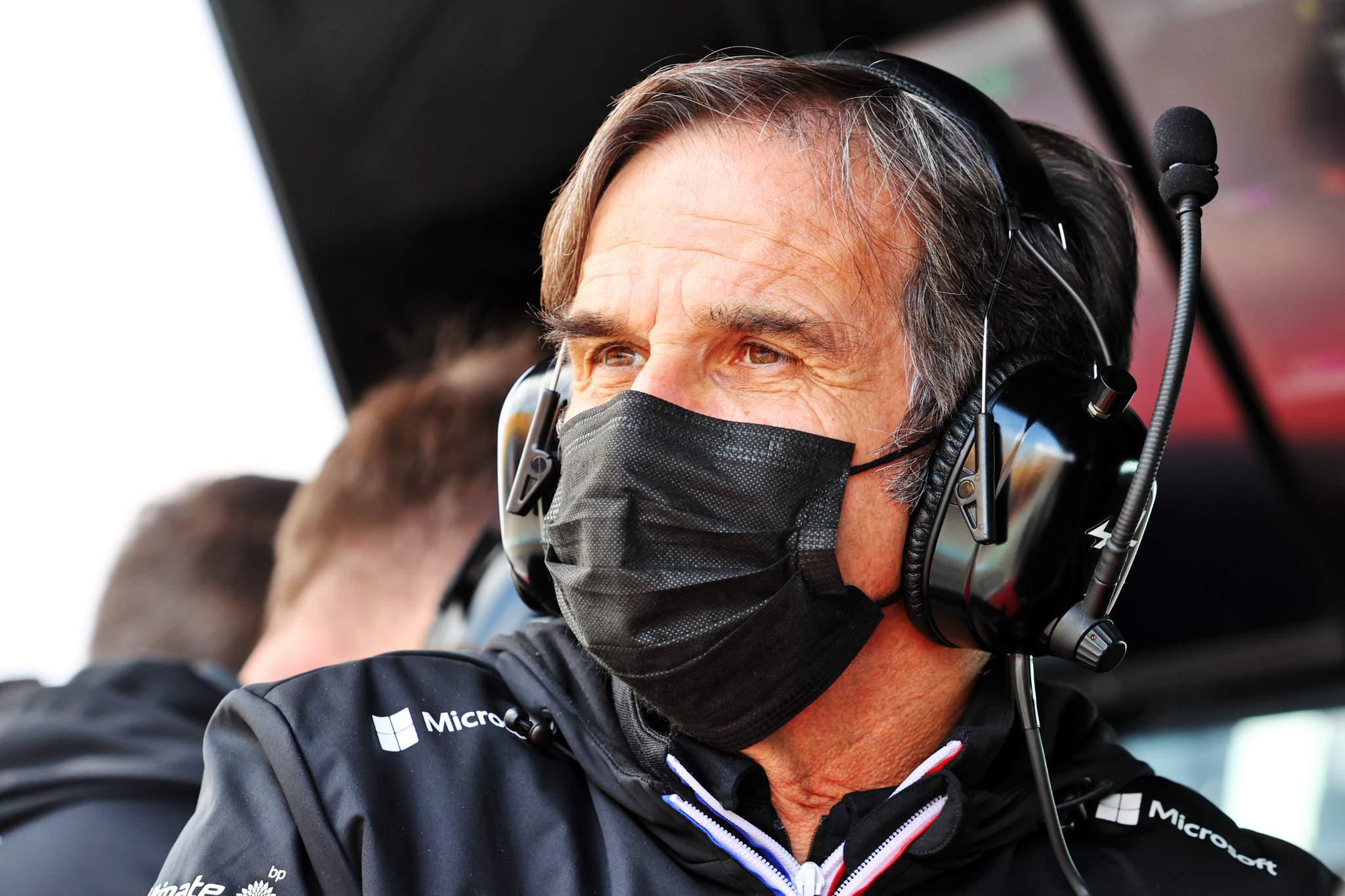
Brivio came into his new role expecting certain similarities and differences between his long-time experience in bike racing and what working in F1 would be like.
He says that the human elements that he anticipated being the same – how riders and drivers behave and what they need, and the day-to-day experience of working with other people – are indeed no different to MotoGP.
And, similar to how the on-track side of the job is much more detailed, Brivio said that F1’s heightened technological element had been interesting to discover.
“There is so much information, simulation, data,” he said. “And of course, the people working on data on simulation, I’m not an engineer but I can really appreciate the technology around that.
“From this point of view it is very interesting. This was one of the reasons why I decided to join, I really wanted to see how [it worked], because I couldn’t understand everything from the television, or when you come as a guest.
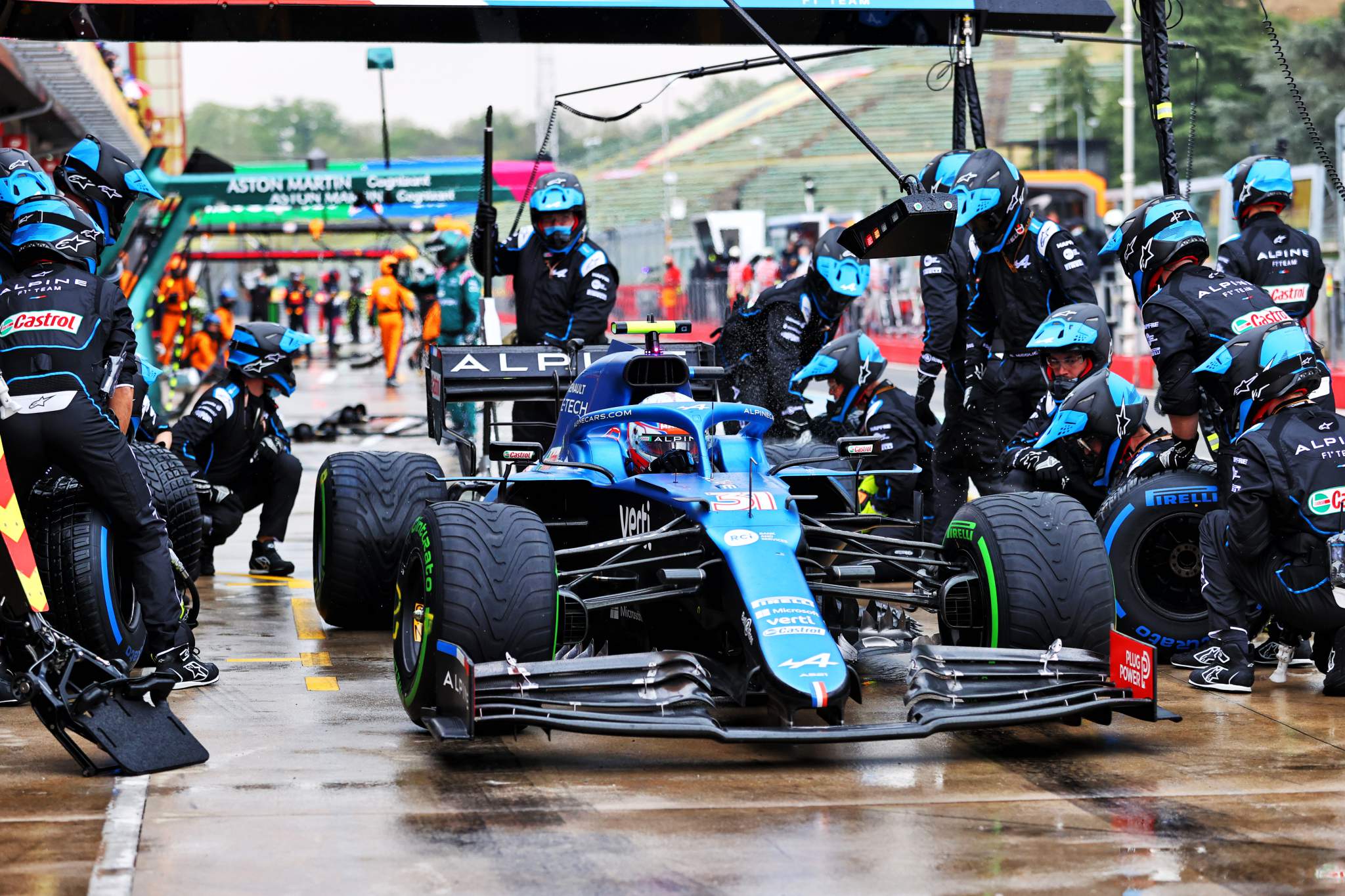
“It’s exciting, very interesting, and different from where I was before.
“The technology, it’s more complex, the car is bigger, there are many more parts, much more information, many things you can measure.
“And therefore the consequence is there are many things you need to analyse.”


